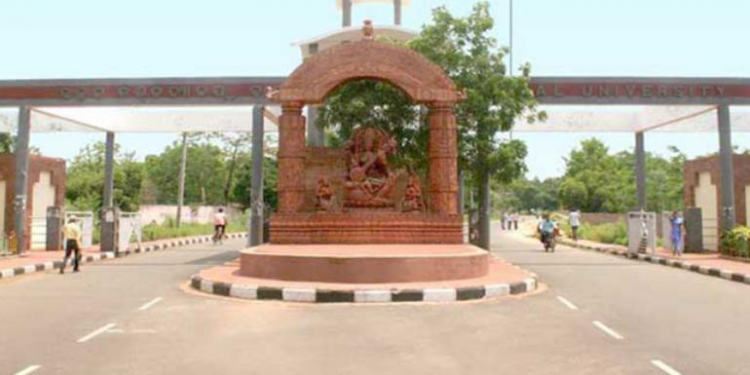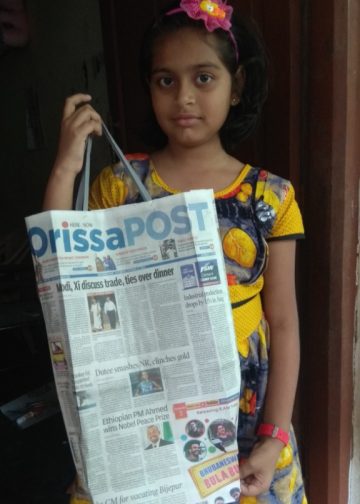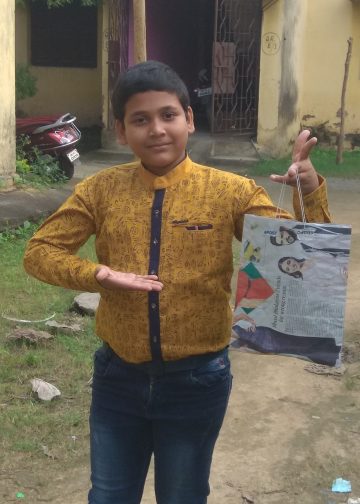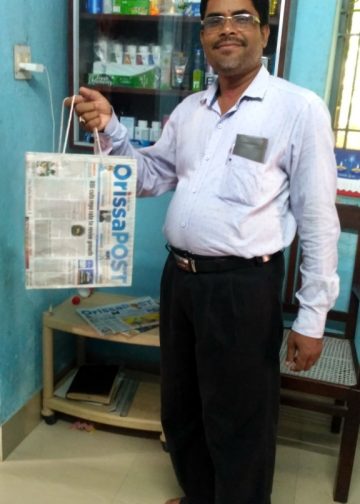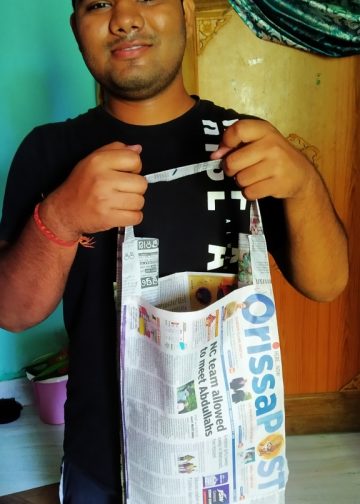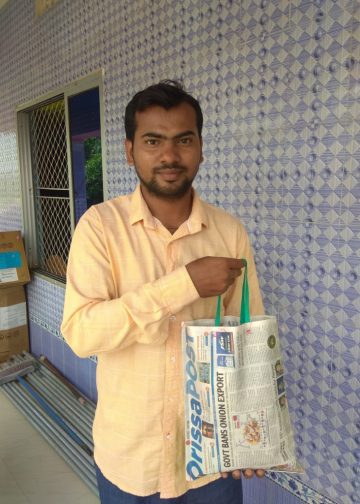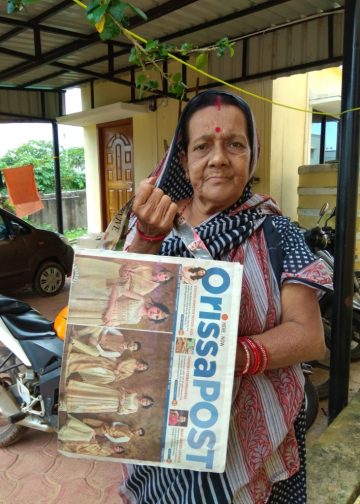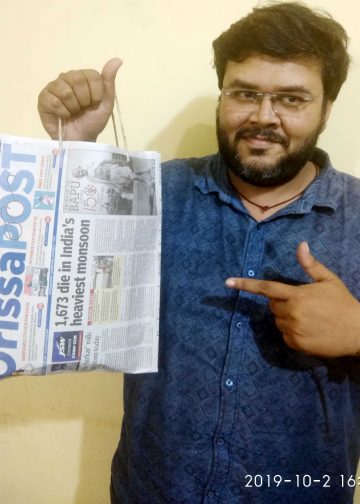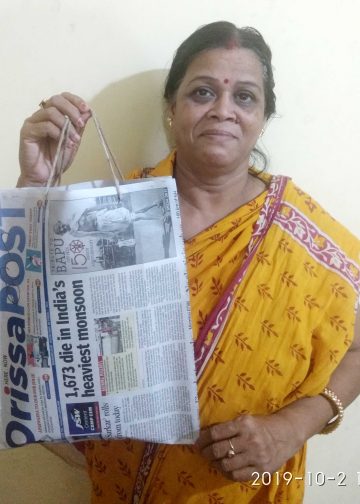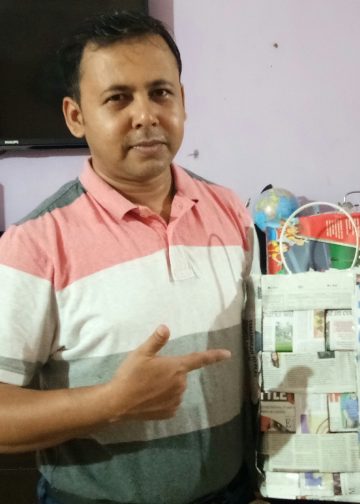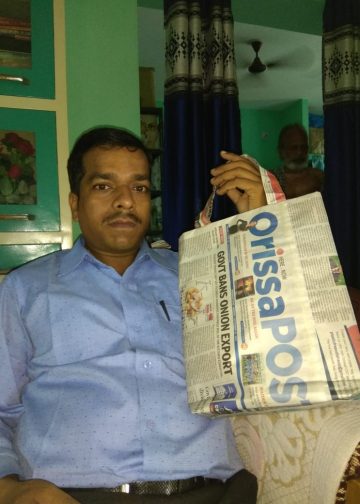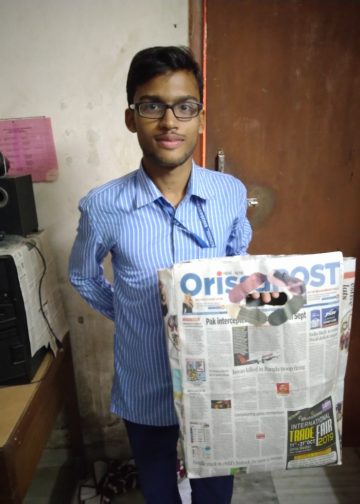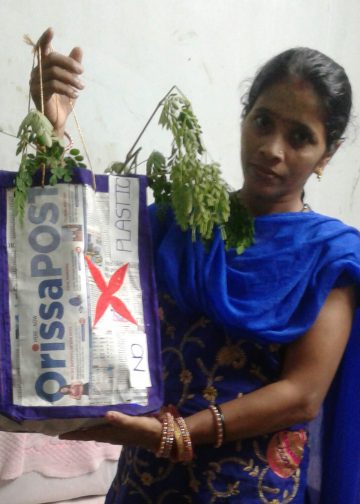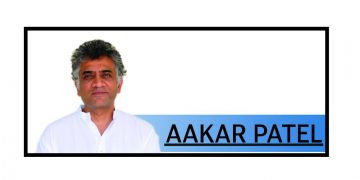Prakash Sarangi
The ranking of higher education institutions in India by the National Institutional Ranking Framework (NIRF), Ministry of Education, Government of India, for 2021 has been declared. As before, we are disappointed by the performance of the universities and colleges funded by the government of Odisha. No institution – university or college — appears in the overall ranking among the top one hundred in the country. The only saving grace is the placement of Utkal University (UU) at 87th rank among universities. Surprisingly, two private universities, SOA and KIIT, are at 20th and 21st ranks respectively.
As in earlier years, public universities in Odisha are questioned for their poor performance. Such criticism is legitimate since tax payers’ money is used to sustain these institutions. The performance of a university is no longer judged simply by the quantum of graduating students. In fact, only 20% weight is given to this activity by NIRF. Several quantitative, qualitative and inclusive parameters are used in this ranking. The quantitative aspects include the number of students, faculty-student ratio (only permanent faculty), financial resources, etc. The quality parameters include qualification and experience of the faculty, publications by the faculty, research projects, consultancy and patents, etc. The inclusivity parameters are student diversity and facilities for students from disadvantaged groups. Besides the above, a weight of 10% is for peer perception, based on a survey of opinions of employers and professionals.
Let us analyse the broad areas of weakness of Odisha’s public universities. We will take UU, the best ranked from Odisha in 2021, as a case study. Other universities may have similar fault lines. We will compare the scores of UU, ranked 87 with a score of 39.80, with JNU, ranked 2 with a score of 82.67. UU and JNU have almost comparable scores in student enrolments and graduation, in gender diversity and in facilities for the physically challenged. But in all other aspects, UU is way behind. UU gets 14.23% in research output, including publications, patents and projects, while JNU gets 44.96%. In 2019-20, UU had 17 research projects and no consultancy projects, whereas JNU had 307 and 31 respectively. UU’s score in faculty student ratio is 15.35 out of 30, compared to 24.73 for JNU. This score may be considerably less for other universities in Odisha, given the paucity of permanent faculty. UU gets 11.81 out of 20 on the quality of faculty, compared to 16.98 for JNU. Regional diversity gets 0.52 out of 30 for UU, whereas JNU gets 24.50. UU’s score on financial resources is 3.34 out of 30 compared to 8.99 of JNU. Just to give one example, UU’s expenditure on maintenance of academic infrastructure and consumables in 2019-20 was `3.39 crore, whereas the same in JNU was `143.60 crore.
It is evident that the UU – and certainly every other public university in Odisha – is weak in various academic and financial parameters. A university is known by the quality of its students and faculty. Good students enhance the reputation in job market and elsewhere. Bright students come to a university if quality of faculty and infrastructure is good. There is a symbiotic relationship between the three pillars of a university: student-faculty-infrastructure. Where are we going wrong?
It is a common observation that good students are not coming to general universities. There are two aspects of this issue. Better students have been choosing technical courses. What prevented our universities to introduce job-oriented technical courses? Wherever such courses have been introduced, they are in a self-financing mode, often seen as sources to augment revenue rather than providing quality education. The students are taught by temporary faculty, getting meagre salary. The infrastructure is invariably poor, given the transient nature of these courses. No wonder the university gets the students who could not get into better institutions. The second aspect is traditional arts and science courses. Many good students, interested in these subjects, do join these courses. In my estimate, at least a quarter of them are very bright. But we do not have any provision to give special attention to them in the midst of conveyor belt type of academic degree producing factories. Hence, many prefer universities outside the state. If the same type of student is able to do well in JNU or Hyderabad, why can we not provide similar value addition in Odisha?
The real bottleneck for Odisha’s universities is the lack of faculty, outstanding or otherwise. It is well known that many courses are taught by ‘guest’ faculties. They are literally guests, only to be in the class on an hourly wage, with no commitment to the institution. They hardly publish and, even if they do, these data are not counted. It does not matter whether one has requisite expertise to teach a subject, especially at PG and higher levels, as long as s/he has a master’s degree in the subject. The permanent faculty, too, faces several constraints. The official workload is 25 classes per week, besides numerous administrative responsibilities assigned from time to time. The time spent in guiding research students is not counted in this workload. Sometimes, given the faculty shortage, one may be forced to teach outside one’s specialisation requiring more preparation time. Does a faculty get any time for one’s own research? Research is seen as a requirement for one’s own professional growth, not an institutional requirement. I have seen many a bright faculty, after joining a university, become restless due to the absence of research opportunities.
It is in this context that the quality of infrastructure is important for a university, if we do not want to lose our bright students and faculty to private and/or outside institutions. While it is understood that the objective of a public university is to provide quality education at low cost, NIRF or any other ranking agency does not distinguish between a public and a private university. Infrastructure does not mean only brick and mortar buildings or smart classrooms, which are of course essential. There is a need for specialised laboratories with proper equipment and consumables, instrumentation centers, e-resources, digital infrastructure, etc. If I may recall my experience, there was no budget for buying books for Kanika Library at Ravenshaw University! There cannot be a one-size-fits-all type of solution. The strength of a university’s human resources and the expected outcomes from students should be taken into account.
There is often a discussion about creating universities of global standards. Rather than comparing with a mythical Oxford or Harvard university, we need to look inwards and search for our strengths and weaknesses. It has taken 1000 years for Oxford and 400 years for Harvard to reach the present stage. Universities cannot be implanted; they evolve through time, if appropriate environment is provided. We cannot belittle a tiny plant, if it does not look like a banyan tree. The policy makers of Odisha’s higher education need to introspect.
The author is former Vice-Chancellor, Ravenshaw University.

